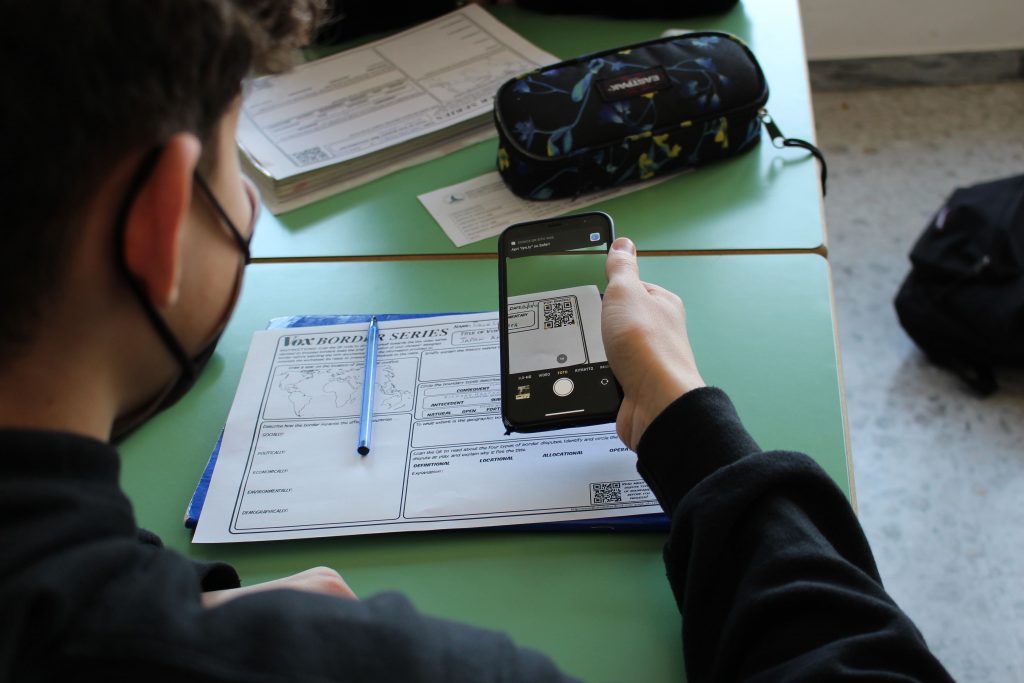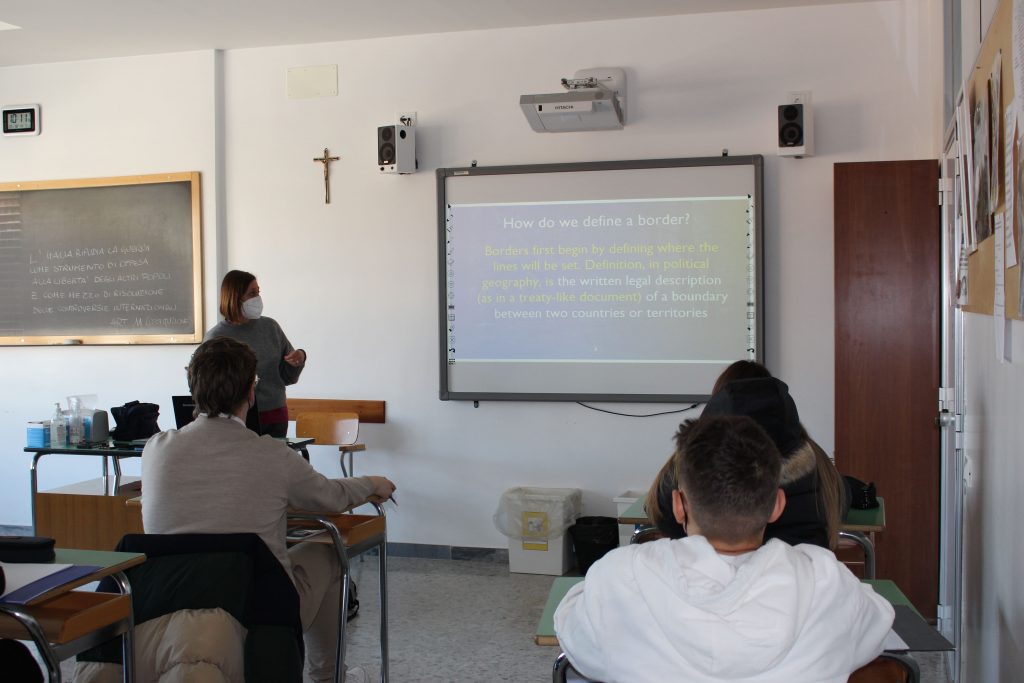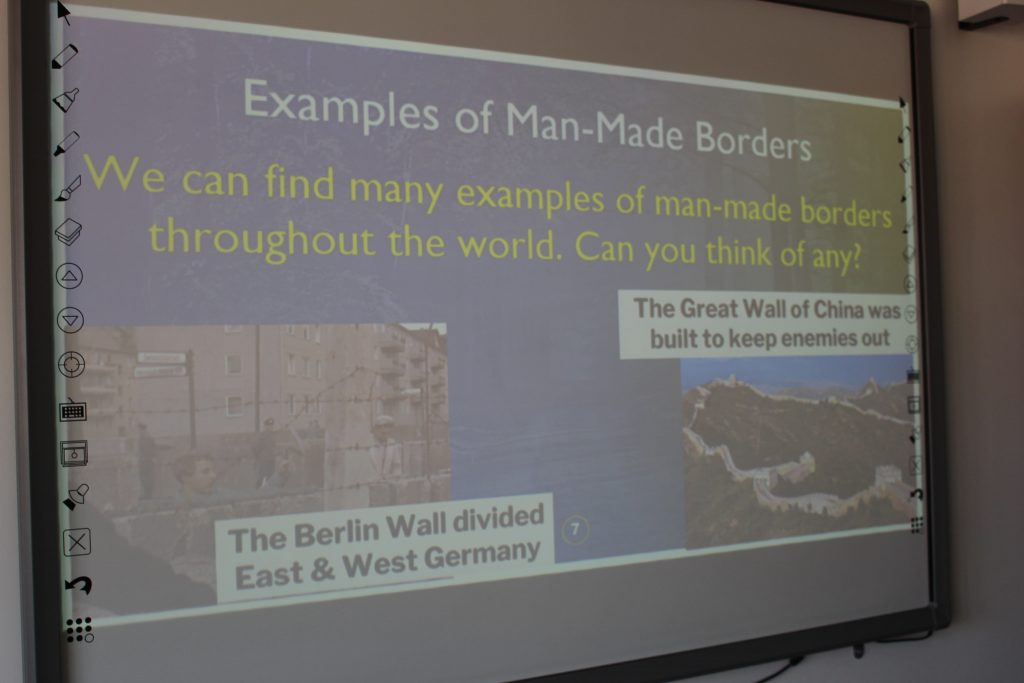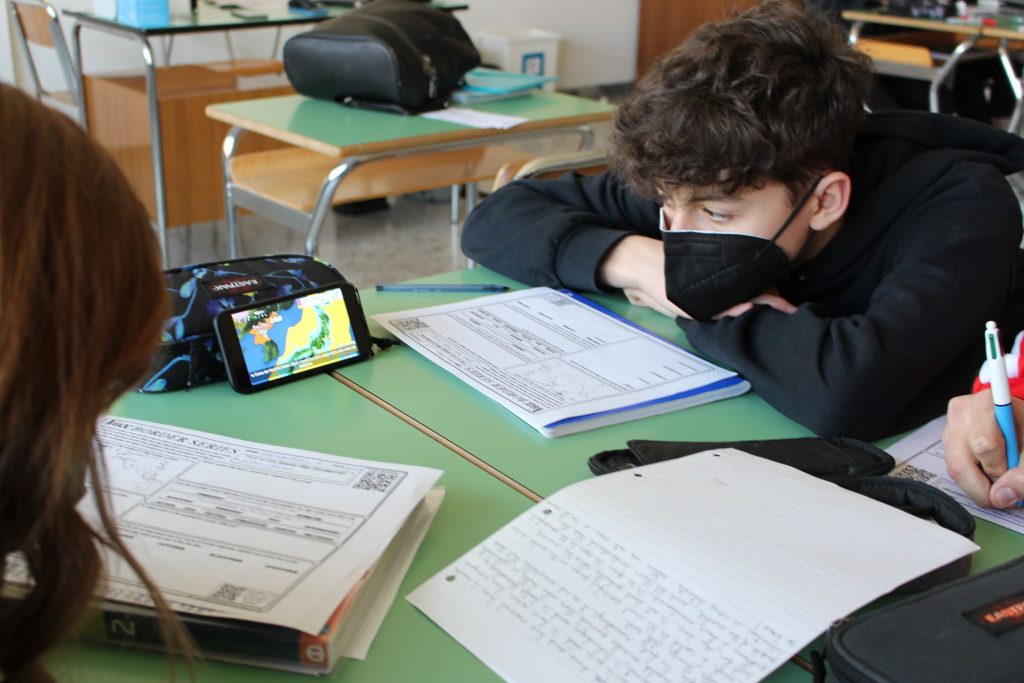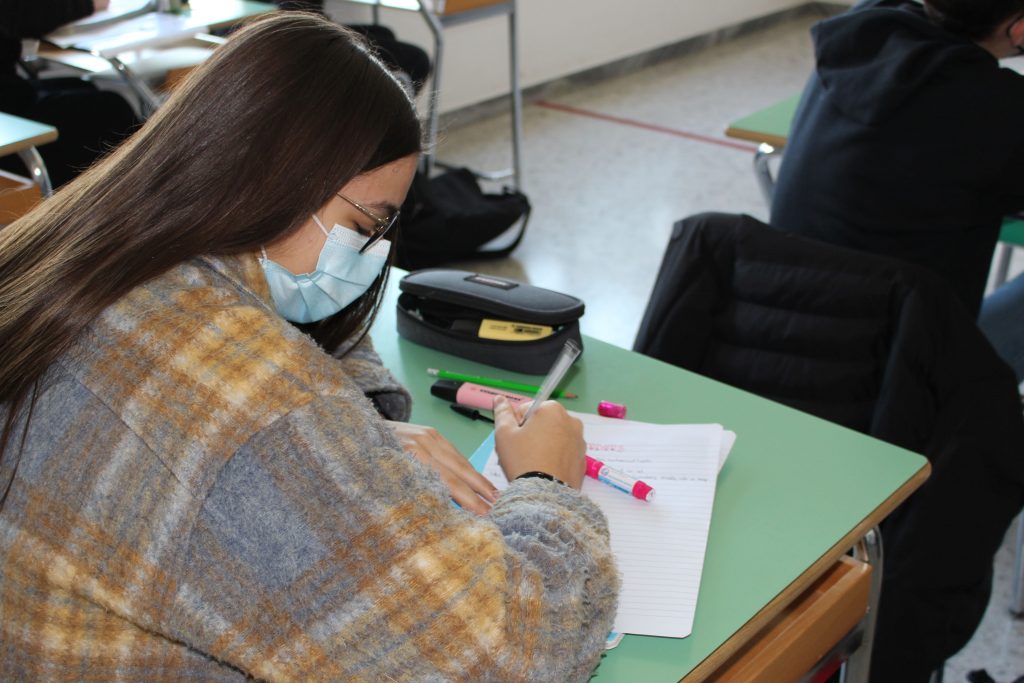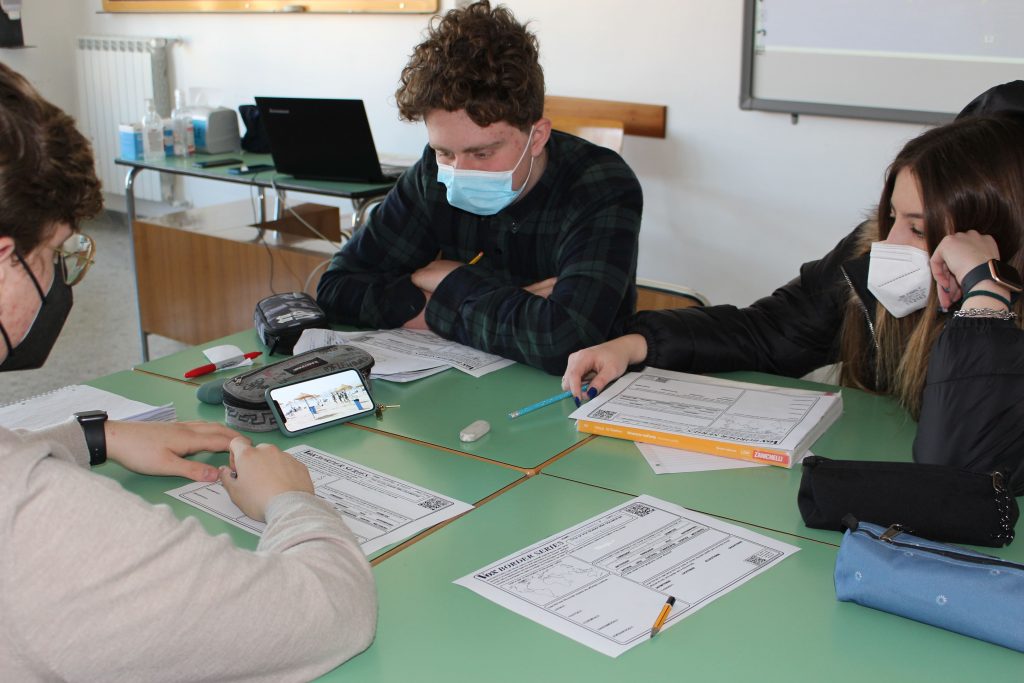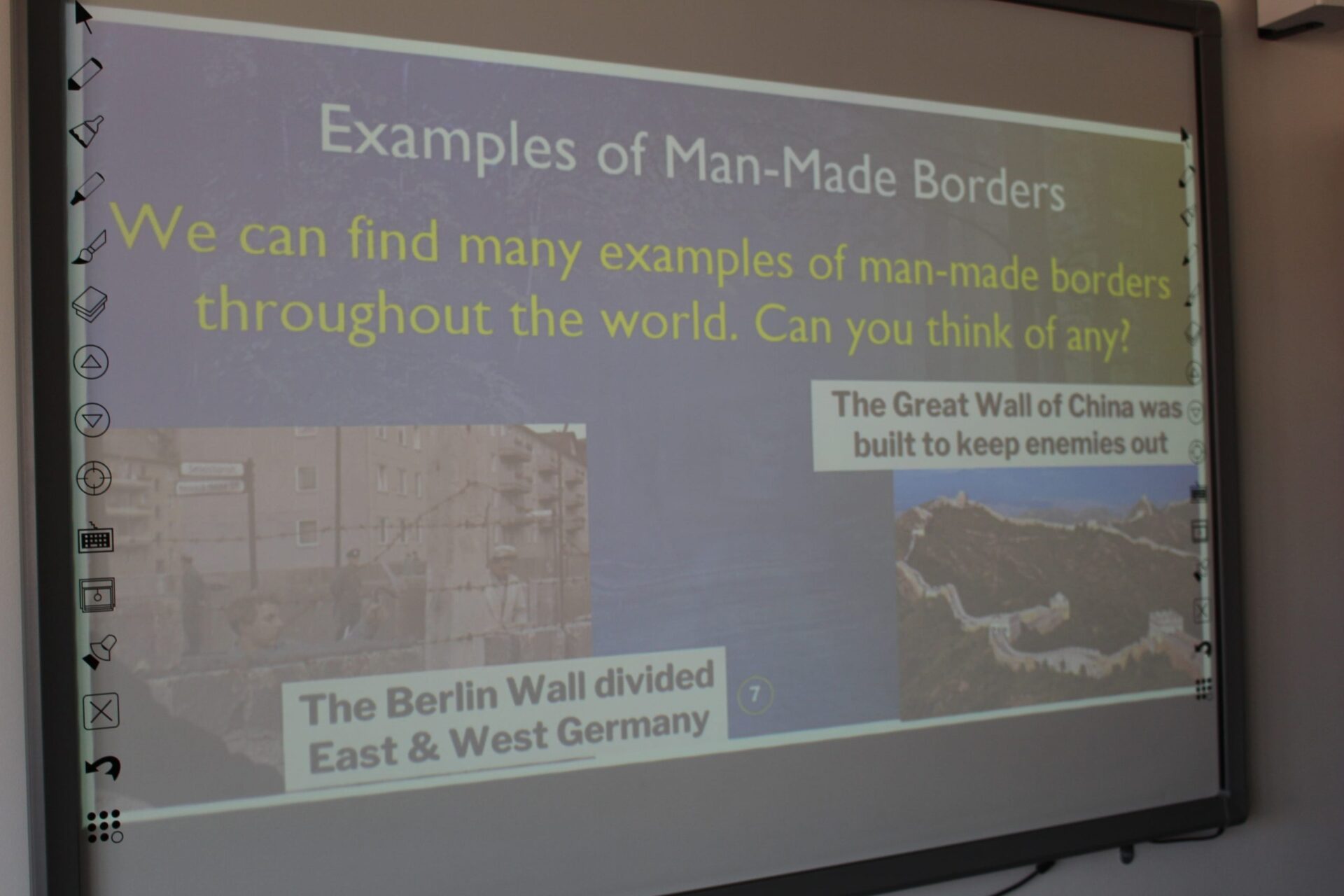
Who determines a border between countries? Why do they exist? Often borders are established through treaties or agreements, but what happens when a border is challenged. What are the consequences that come as a result of these conflicts? Our first, second and third year linguistic high school students recently began a series of multidisciplinary lessons (English, Italian, Geography, Civic Education) focused on the theme of War and Peace. This week the focus was on borders/boundaries. Students examined various types of borders from natural and man-made to militarized and undefended, even imaginary borders which exist in the mind of citizens born to one country but that associate with another through culture, language, and practices. In work groups, our second-year students each chose a screening of a mini-documentary film focused on specific border conflicts; Haiti/Dominican Republic, Russia/the Arctic Ocean, Japan/North Korea, Mexico/Guatemala, Spain/Morocco, and Nepal/China with the intention of attempting to better understand how these conflicts arise and how they might be resolved.
Chi determina un confine tra paesi? Perché esistono? Spesso i confini vengono stabiliti attraverso trattati o accordi, ma cosa succede quando un confine viene sfidato. Quali sono le conseguenze che derivano da questi conflitti? I nostri studenti del primo, secondo e terzo anno del liceo linguistico hanno recentemente iniziato un ciclo di lezioni multidisciplinari (inglese, italiano, geografia, educazione civica) incentrate sul tema Guerra e Pace. Questa settimana l'attenzione si è concentrata sui confini. Gli studenti ne hanno esaminato vari tipi, da quelli naturali e artificiali a quelli militarizzati e indifesi, persino i confini immaginari che esistono nella mente dei cittadini nati in un paese ma che si identificano in un altro attraverso la cultura, la lingua e le pratiche. Nei gruppi di lavoro, i nostri studenti del secondo anno hanno scelto ciascuno la proiezione di un mini-film documentario incentrato su specifici conflitti di confine; Haiti/Repubblica Dominicana, Russia/Oceano Artico, Giappone/Corea del Nord, Messico/Guatemala, Spagna/Marocco e Nepal/Cina con l'intenzione di cercare di capire meglio come sorgono questi conflitti e come potrebbero essere risolti.
Laboratorio ideato dalle professoresse M. Marconi e J. Woodward
